funscienceexperiments
Hi everyone! I'm Ashley P. and I'm a Girl Scout who wants to make a difference in the world. Currently, I've been working on my Gold Award Project, which is a project where Girl Scouts solve an issue in their community to earn the Gold Award. The Gold Award is the highest award a Girl Scout can achieve. In my project, I'm addressing the issue on how there are a lack of women in the STEM field by creating a program to do fun science experiments with younger girls. Also, I constructed this blog for parents and children to do exciting and simple experiments with their kids to spark a passion in this subject like what happened to me as a child. I hope you enjoy and try to accomplish the experiments I post! Also, please have adult supervision while completing these experiments.
210 posts
Latest Posts by funscienceexperiments
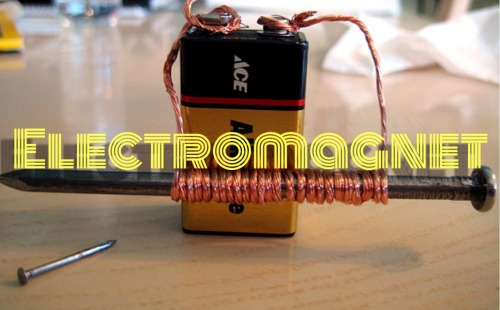
Materials: 1. A D size battery 2. Paper clips 3. 3 feet of thin coated copper wire 4. A 3 inch large iron nail
Steps: 1. First, leave 8 inches of wire at one end and wrap most of the rest of the wire on the nail ( do not overlap the wires). 2. Next, leave 8 inches of wire at the other end of the nail. 3. Then, remove an inch of the plastic coating from both ends of the wire and attach one end of the wire to one end of the battery and the other wire to the other end of the battery. 4. Finally, put the nail near the paper clips and it should pick them up!
Lesson: Magnets that cannot be turned off like ones on our refrigerators are called permanent magnets. Since the magnet we made can be turned off and on, it is known as an electromagnet. They run on electricity and are only magnetic when the electricity is flowing through the wires, which has the molecules in the nail attract to the metal paper clips.
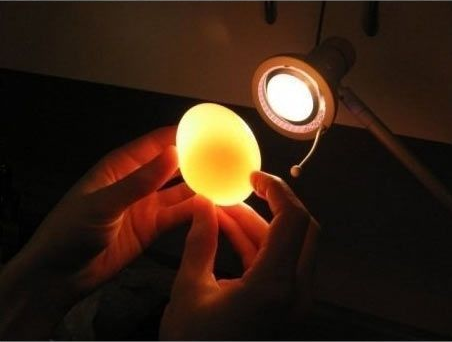






Weekend Project: Do Osmosis with Food
Osmosis is the movement of water across semi-permeable membrane. Experiment with eggs to demonstrate the process of water transport into and out of cells. Get started here!

Materials: 1. A wooden skewer 2. A clothespin 3. 1 cup of water 4. 2-3 cups of sugar 5. A tall narrow glass
Steps: 1. First, clip the skewer into the clothespin so that it hangs down inside the glass and is 1 in from the bottom of the glass. 2. Next, remove the skewer and clothespin and put the aside. 3. Then, pour the water into a pan and boil it. 4. Next, pour ¼ cup of sugar into the boiling water and stir till it dissolves. 5. Then, keep adding more sugar, each time stirring until it dissolves. 6. Next, remove the heat and allow it to cool for 20 minutes. 7. Then, ask an adult to pour the mixture into the jar to the top. 8. Next, submerge the skewer into the glass so it is hanging straight down the miss without touching the sides. 9. Finally, put it somewhere where it would not be disturbed and wait for the sugar crystals grow over the next 3-7 days.
Lesson: When you mix water and sugar, you created a saturated mixture, which means that the water could only hold the sugar if it was very hot. As the water cools, the sugar turns into crystals on the skewer.

Today’s Illustrated Women in History is a written submission by James Purvis.
Caroline Herschel 1750 - 1848
Caroline Herschel was an astronomer and singer, and was the first woman to be paid for her contribution to science.
At the age of 22 Herschel, who had received training in music against the wishes of her mother, left her home in Hanover to join her brother William, who had established himself as an Organist in Bath, England. Herschel soon distinguished herself by becoming the principal singer in her brother’s Oratorio concerts, and received offers to perform across the country.
Alongside his musical career, William Herschel’s interest in astronomy grew, and with the assistance of Herschel he was eventually offered the position of court astronomer to King George III. At this time, Herschel chose to leave her singing career and become her brother’s scientific assistant, although some of her later writings suggest that this was perhaps not an easy decision.
Her skill as an astronomer was formidable, and in her obituary, the Royal Astronomical Society praised her ‘indefatigable zeal, diligence and singular accuracy of calculation’ as being significant contributors to her brother’s astronomical success. Herschel was awarded a salary by the court as an assistant astronomer, becoming the first woman to be paid as a scientist.
Her work included the grinding of mirrors for reflecting telescopes, taking observations of stretches of the sky, and detailing the precise timings and positions of the observed astronomical objects, as well as a great deal of calculation in order to translate these times and positions into usable data.
Between the assistance that she rendered to her brother’s work, Herschel found time for her own research, discovering a number of comets, as well as previously unobserved nebulae and star clusters, and compiling catalogues of the stars.
Herschel was awarded the Gold Medal of the Royal Astronomical Society, and was later made an honorary member. Today, she is commemorated by a crater on the moon which is named after her.
If you would like to submit a biography of a woman in history to be illustrated and featured, please send me a message!
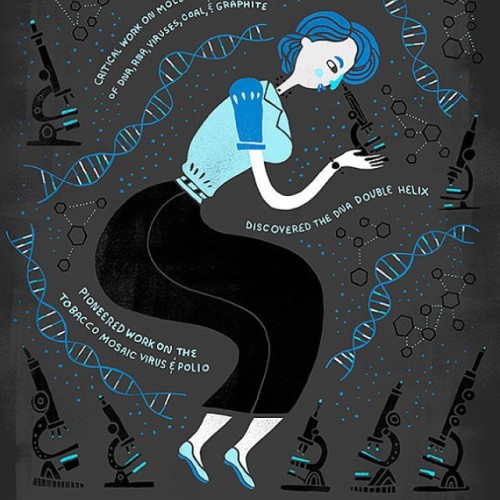
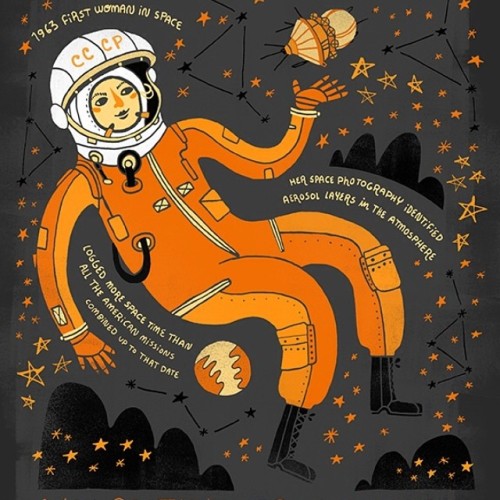

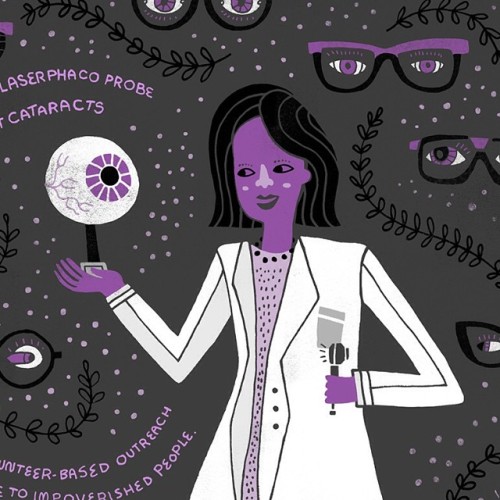
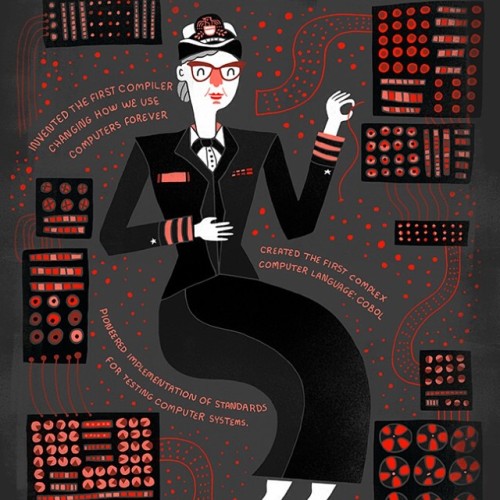
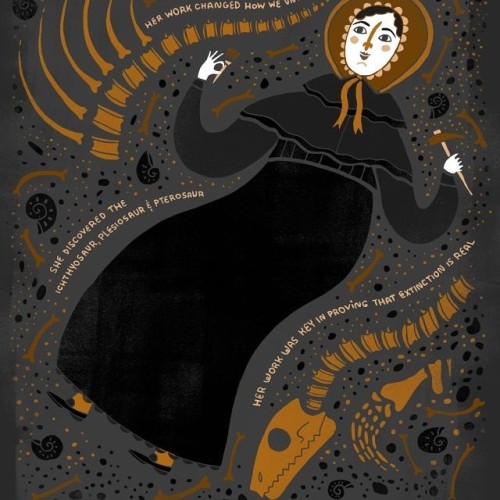
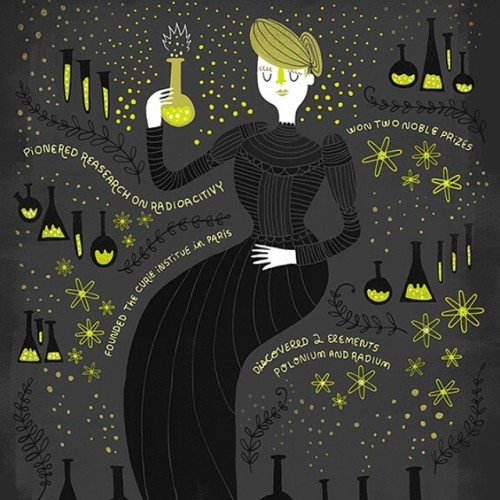
Celebrating Women in Science With @rachelignotofsky
For more tributes to female scientists, follow @rachelignotofsky on Instagram.
Growing up, Rachel Ignotofsky (@rachelignotofsky) knew she was going to become either a scientist or an illustrator. The Missouri resident chose art, but now she’s combining her two passions with a series of drawings celebrating groundbreaking and often unheralded women in science.
“I wanted to do my part and celebrate these women and their accomplishments and hopefully get a younger audience familiar with them,” Rachel says. “I think that a good way to fight gender bias is to show young girls and boys strong female role models.”
So far, she’s done seven drawings out of a planned 50, highlighting women such as 19th century paleontologist Mary Anning and pioneering computer scientist Grace Hopper.
“A lot of these women are not very well known, even though their accomplishments have changed our world forever,” she says. “I want my illustrations to help spark an interest in learning more about these women. I want young girls and boys to see that no matter who they are, despite their gender, they can accomplish anything.”
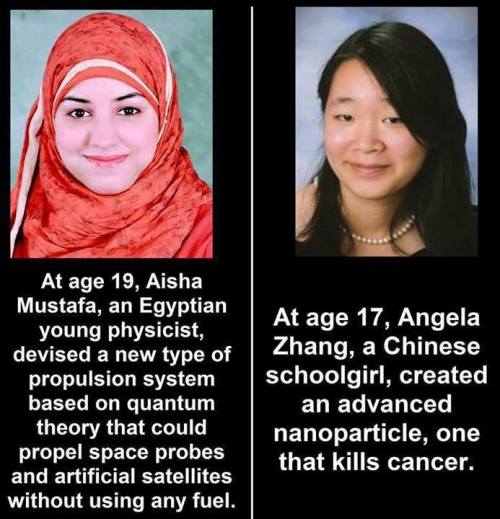
From Women’s Rights News on Facebook.
*EDIT* Small detail, but Angela Zhang is technically Asian-American, or Chinese-American, rather than a “Chinese schoolgirl.”
Women of Science: Lise Meitner

Not only is inequality damaging for individuals, it also vandalises society as a whole.
This begs the question: what has society missed out on because of inequality?
This is a small testament to those women who somehow managed to throw off the shackles of oppression and change the scientific world.
Women of Science:
Lise Meitner
In a very extreme case of being in the wrong place at the wrong time, Lise Meitner was a female Austrian Jew who excelled in physics; meanwhile fleeing Nazi prosecution.
At the age of 14 she completed her schooling feeling unsatisfied and wanted to continue onto higher education. This was the only schooling females were allowed to do at the time, but she was motivated by discoveries from scientists such as Henri Becquerel and wanted to pursue a future of radioactivity research.
Keep reading
The Feminine Face of Space
Museum of Cosmonauts, 1984 - 2015




This is an easy one to try at home with the #kids: make your own homopolar motor. It is driven by the Lorentz force - the force which is exerted by a magnetic field on a moving electric charge. When a battery is placed on top of a magnet, and a wire then connects the top of the battery back down to the magnet, the circuit is complete.
Sediment flow and delta formation experiment
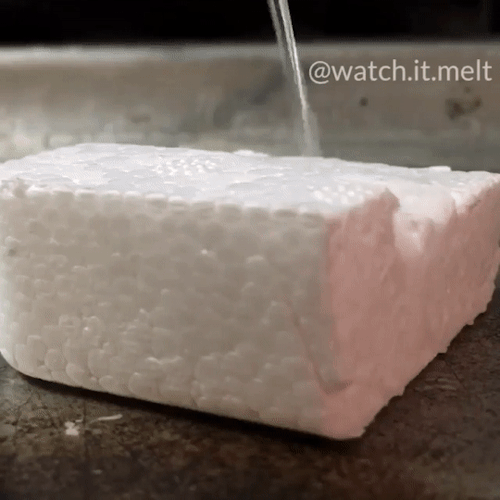
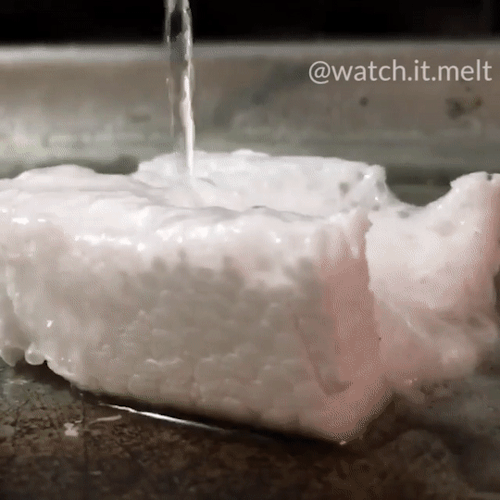
⚗️ styrofoam + sulfiric acid ⚗️
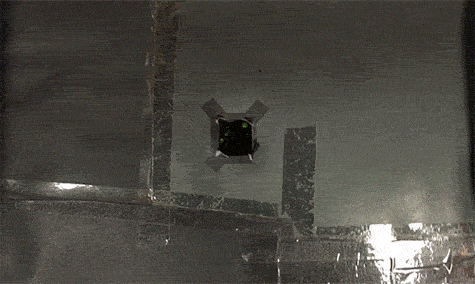
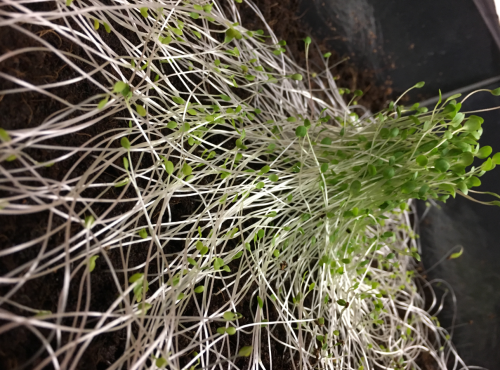
We grew some cress in box with a lid on it, that had one small hole for light. The result: a beautiful example of phototropism, plants growing and moving towards a source of light.
This is a great activity to try at home with the kids.
For NASA, Earth Day is Every Day!
With a fleet of spacecraft orbiting our home planet collecting data on everything from the air we breathe to natural disasters that impact our lives, Earth is always in focus. Join us as we celebrate our home with beautiful views from our unique vantage point of space.

On December 17, 1972, the crew of Apollo 17 snapped this iconic image of planet Earth. Dubbed the Blue Marble, this image was taken as Apollo 17 rocketed toward the moon.

On the way to the moon or from the surface of Mars, our spacecraft have photographed the beauty of Earth from many vantage points. In this image, the most powerful telescope orbiting Mars captured this view of Earth and its moon, showing continent-size detail on the planet and the relative size of the moon. The image combines two separate exposures taken on November 20, 2016, by the High Resolution Imaging Science Experiment (HiRISE) camera on our Mars Reconnaissance Orbiter.

In this image taken on July 19, 2013, the wide-angle camera on our Cassini spacecraft captured Saturn’s rings and our planet Earth and its moon in the same frame.
Our Suomi-NPP satellite also observed the Earth at night. Earth’s “night lights” often have a gee-whiz curiosity for the public , but have also served as a tool for fundamental research for nearly 25 years. They have provided a broad, beautiful picture, showing how humans have shaped the planet and lit up the darkness.
You can be mesmerized by the constant swirls in these visualizations of ocean currents. The swirling flows of tens of thousands of ocean currents were captured using the largest computations of their kind ever undertaken, using high-end computing resources at our Ames Research Center.

We’ve all seen iconic photographs of Earth shot by astronauts. But even satellites and robotic spacecraft often get in on the act. The above image, called “Pale Blue Dot,” was taken Voyager 1 in February 1990 from a distance of 4 billion miles.
Our satellites do more than take pretty pictures of Earth. They do everything from measure rainfall to observe weather patterns. The ten satellites in the Global Precipitation Measurement Constellation have provided unprecedented information about rain and snow fall across the entire Earth. This visualization shows the constellation in action, taking precipitation measurements underneath the satellite orbits.

In an homage to Apollo 17′s “Blue Marble” image, Suomi-NPP, a joint NASA-NOAA Earth-observing satellite, made this composite image, by making a number of swaths of Earth’s surface on January 4, 2012.
What’s your favorite aspect of planet Earth? These kids have their own ideas. You can even “adopt” parts of the planet. Which one of the 64,000 locations will you get?
Our home planet is constantly changing, which is why our fleet of Earth-observing satellites continuously monitor the globe, recording every moment of what they see. Luckily for us, many of the views are not only deeply informative but also awe-inspiring.
Make sure to follow us on Tumblr for your regular dose of space: http://nasa.tumblr.com




Isaac Newton conducting experiments; refracting white light with a prism, bending light through prisms and resolving it into its component colors: red, orange, yellow, green, blue and violet.
Opticks: Or, a Treatise of the Reflexions, Refractions, Inflexions and Colours of Light, 1672.
![There’s An Intricate World Beneath Our Feet! [Reddit/interestingasfuck]](https://64.media.tumblr.com/70ad40601f03cee6a053c9146d6deb81/tumblr_oyp0dqCRrg1s04h2ho1_500.jpg)
There’s an intricate world beneath our feet! [Reddit/interestingasfuck]

Under our skin.
[Reddit/scienceimages]
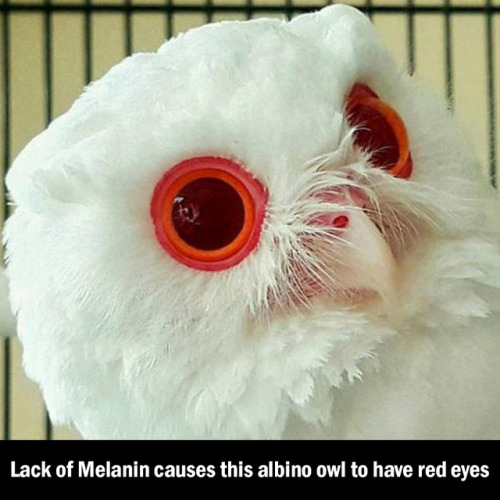
Due to colorless irises, the red hue from the blood vessels is visible causing a ‘red-eye’ effect.
[Reddit/interestingasfuck]

Scientists have discovered that hard coral likes eating plastic because it’s tasty to them. More research is needed to figure out why exactly and how it affects them. [Alex Seymour, Duke University]
![Luminol X Hydrogen Peroxide = Science [Gif Via Reddit]](https://64.media.tumblr.com/2bf2874f8afa91088835e8e044cce7f6/tumblr_os63jsBr1G1s04h2ho1_250.gif)
Luminol x Hydrogen Peroxide = Science [Gif via Reddit]
The Effect of Music, Prayer & Words on Water by Dr. Masaru Emoto:


Keeping in mind our bodies are 65% water. You are what you tell yourself you are. You are what you tell others they are. Thoughts truly become things… choose good ones!






Alexander Graham Bell. Tetrahedral Kite Experiments, 1902-1908.
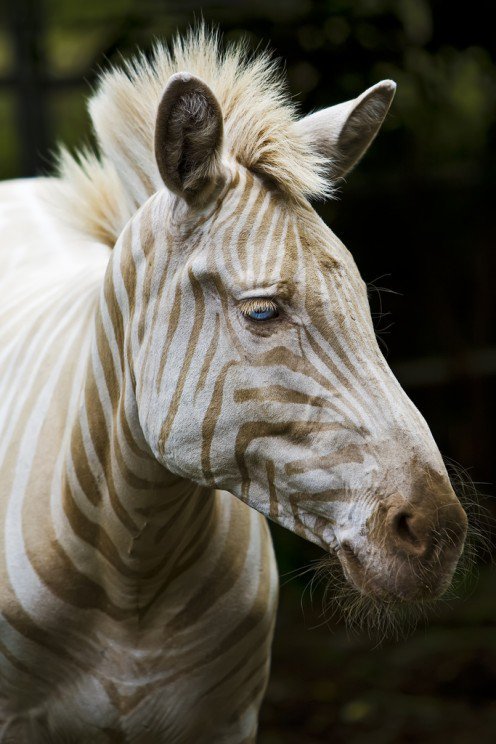
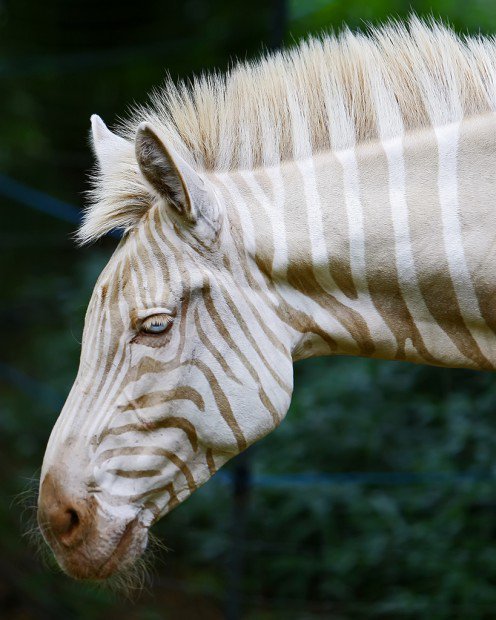
Golden or White Zebra
Zoe is one of the rarest zebras in exsistance. She is what is called a Golden Zebra, although some refer to her as a “white” zebra. Zoe is the only Golden Zebra known to be in captivity at this time. Zoe was born on the Island of Molokai, Hawaii in 1998 and shortly after her and her mother, Oreo, were moved to the Three Ring Ranch, which is an animal sancturary on the Big Island of Hawaii. Read more here.


Quick science experiments.
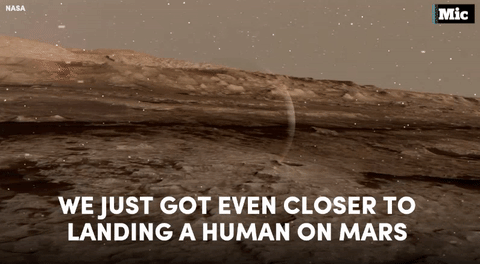
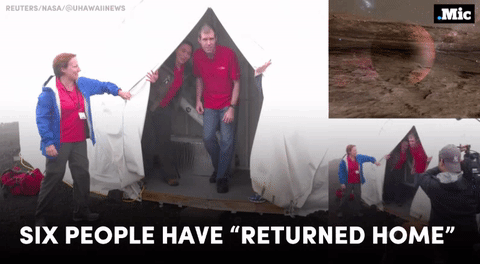
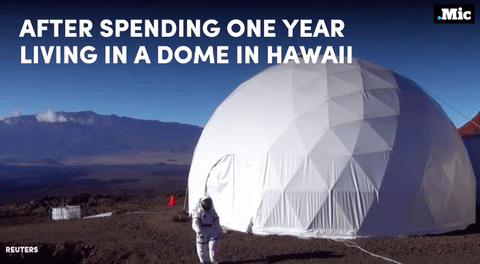
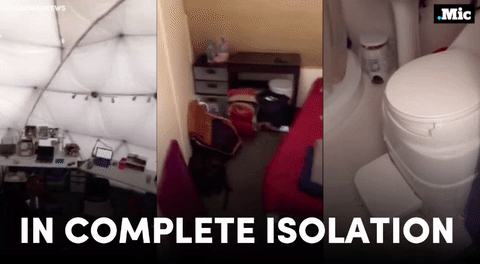


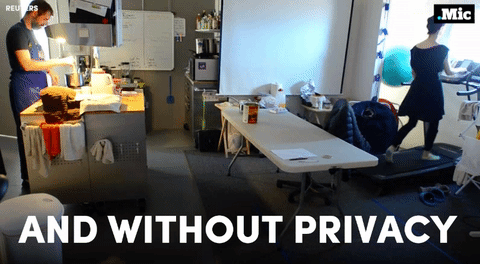
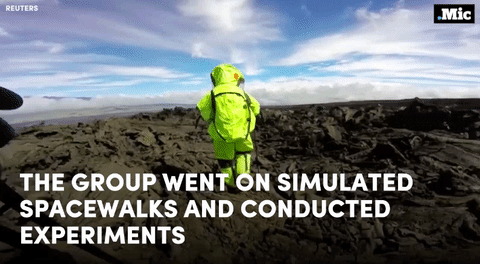
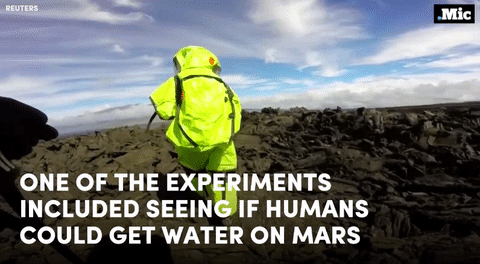
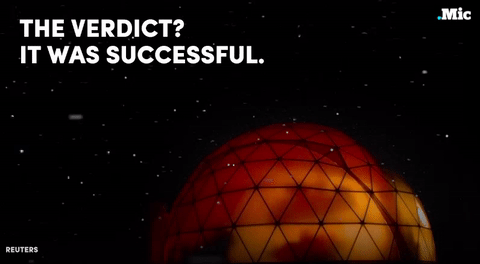
Read more about the Mars experiment or watch the full video
follow @the-future-now

This is a homopolar motor.
It’s really easy to experiment with at home. It is driven by the Lorentz force - the force which is exerted by a magnetic field on a moving electric charge. When a battery is placed on top of a magnet, and a wire then connects the top of the battery back down to the magnet, the circuit is complete.
Students in our Summer Schools were making these the other day. This one won the ‘most creative design’ competition <3

When magnetic ferrofluid comes in contact with a magnetic object, it becomes a moving sculpture that reflects the shape of the object’s magnetic field. Source

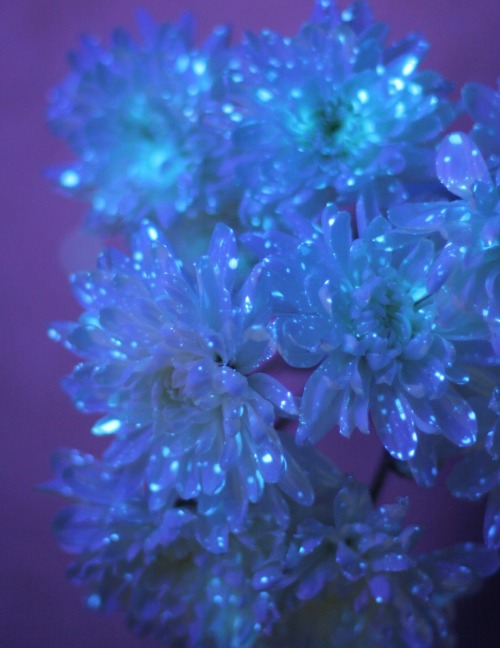
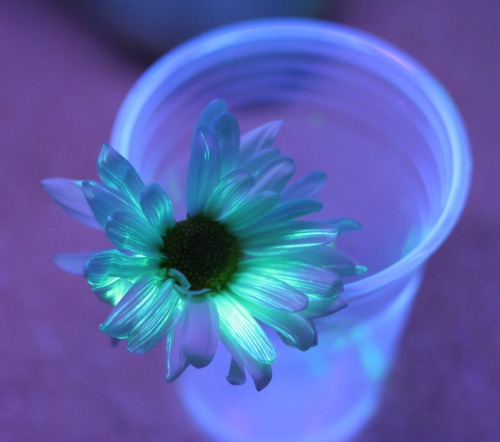
Soaking flowers in highlighter fluid Try this at home: Flower science experiment for kids Top image source

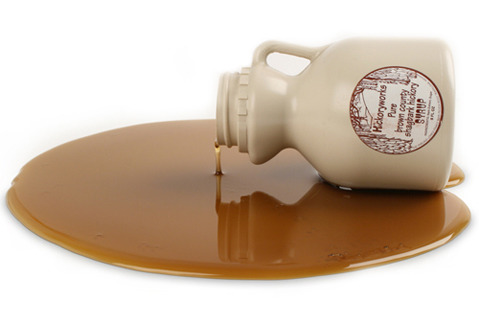
You probably think this is a no brainer.
DUH people will swim faster in water, because syrup is thick. But the real answer is SUPER SURPRISING.
Science put things to the test to this “simple” question.
Sixteen volunteers took turns swimming in water and then a syrupy mixture.
Their times were thoroughly compared and, there was no difference between the speeds in the water versus the syrup. How can that be?
The explanation seems to lie in the fact that, while syrup does provide more resistance for the swimmers to overcome, it also helps them generate more forward momentum by pushing against the thicker liquid.
SOURCE
As fundamental forces go, gravity is pretty weak. It can easily be overcome by air pressure, as this classic demo shows.
![What Happens When Lava Meets Ice [video]](https://64.media.tumblr.com/786b0e85e0765b34d66cd928d8296ee9/tumblr_nmnbnnqTOk1tntf2go1_400.gif)
![What Happens When Lava Meets Ice [video]](https://64.media.tumblr.com/4edf8c3ac6519d8ce59fa2cc1f78a4e8/tumblr_nmnbnnqTOk1tntf2go2_400.gif)